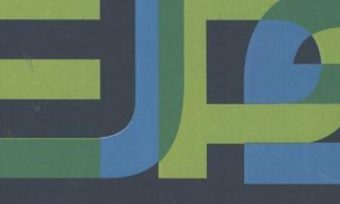In Western cities, public authorities are increasingly resorting to the use of patron banning orders as means of reducing alcohol and other drug-related harms in nightlife. While the use of banning orders is often hailed by authorities, due to their presumed deterrent and crime reduction effects, little research exists on how patrons react to being banned. This is a problem, as assessments of whether the policy goals of banning orders are being met and of the wider consequences of banning necessitate understanding the practice from the perspective of its targets. This article combines statistical data from police registers and in-depth interviews with 10 young patrons who have been subjected to a 2-year banning order in Aalborg, Denmark, to explore how patrons experience and negotiate the banning orders imposed upon them. While police use of patron banning orders is often based on a conception of patrons as rational actors, as well as on linear notions of cause and effect, this article challenges such conceptions. Instead, this article draws on actor network theory, and an understanding of banned youth as situated in networks of relations, in order to provide insights into how the effects of banning policies emerge in often unpredictable ways and with unforeseeable consequences dependent on the specific sociomaterial contexts through which they are coproduced. In this way, this article aims to provide a more detailed understanding of the causal mechanisms giving shape to banning policy effects.
Latest News
International conference POLICE STOPS ACROSS EUROPE (28 February 2023, The Hague, The Netherlands)
News
For more than four years, our EU COST funded network on Police Stops has been gathering information, hearing from experts…
Read moreWorkshop 'Registration of police stops and ethnicity and defining the police stop' 31 Aug - 2 Sept 2022
News
In line with our project’s ambition to share learning and explore the issue police stops across Europe, we are organising…
Read moreCfP European Journal of Policing Studies - Special Issue: The Dynamics of Police Stops
News
European Journal of Policing Studies Special Issue: The Dynamics of Police Stops Guest editors: Mike Rowe Sofie de Kimpe Vincenzo…
Read morePolstops Newsletter n4 (June 2022)
News
At last, we have been able to meet again. And we can now begin to identify what we have missed…
Read more




